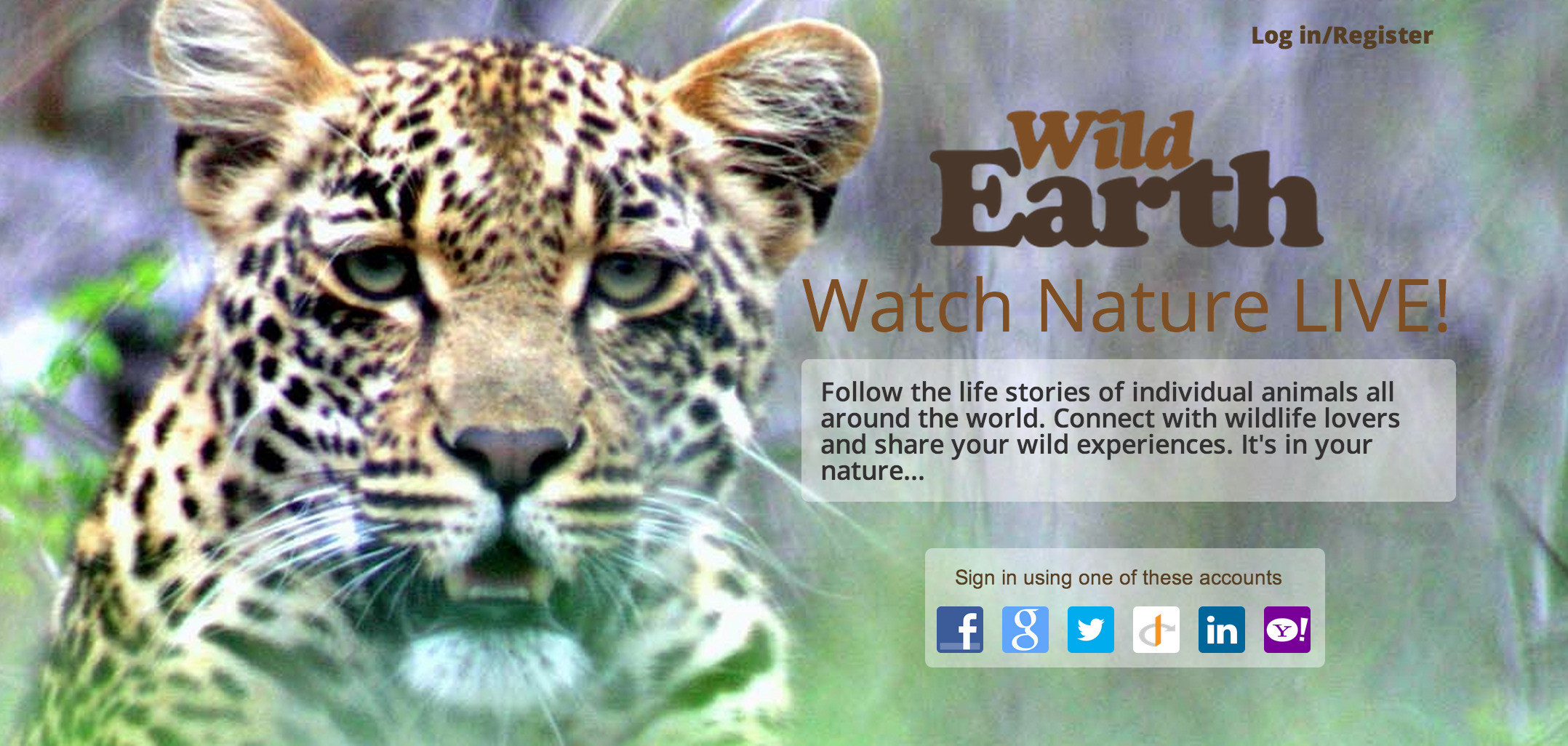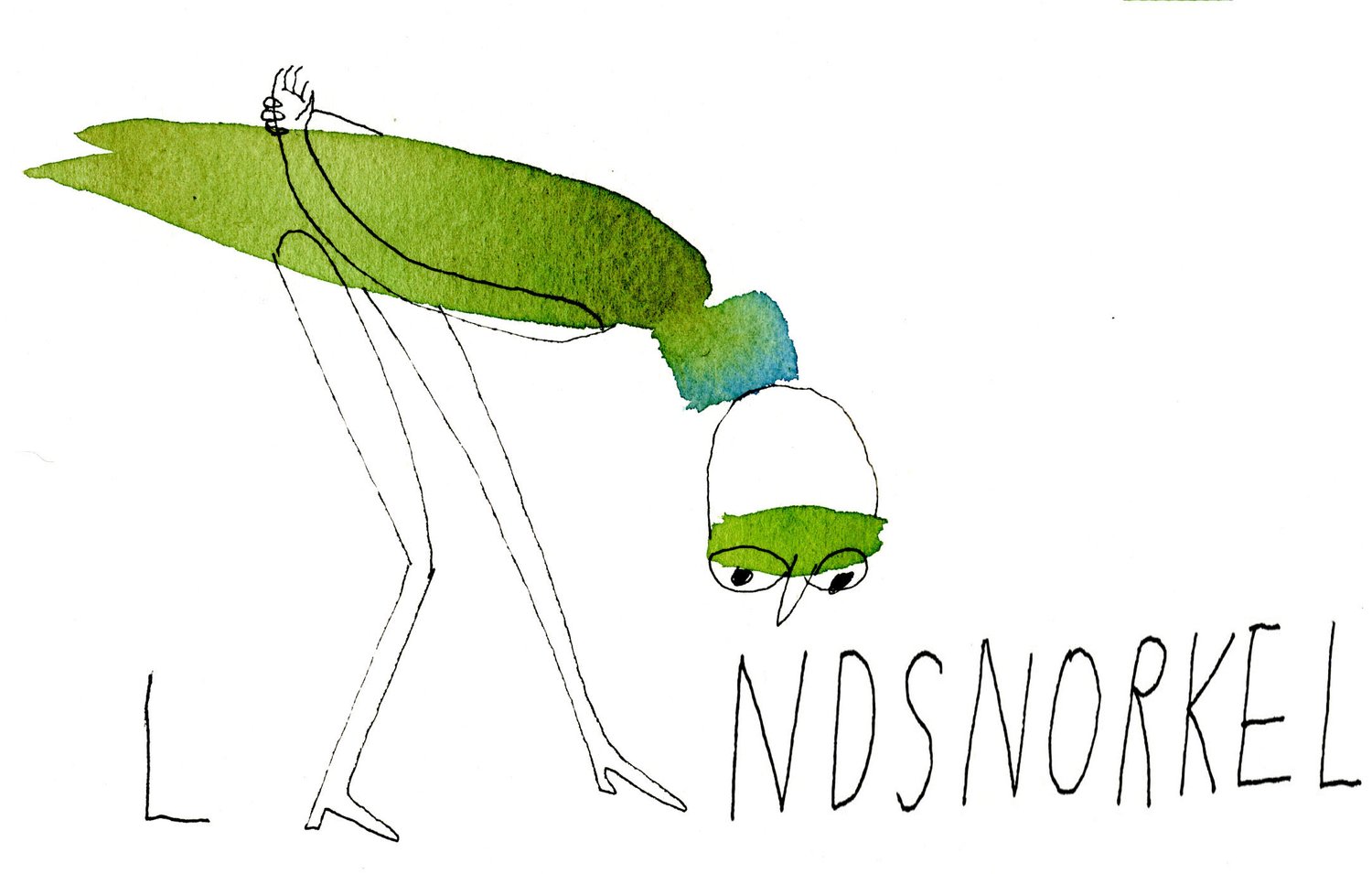Go Landsnorkeling even when you're stuck and "nature-less"...
 Check out this amazing new program featuring web cams of all sorts of nature, wildlife, and reserves. Go landsnorkeling even when you are sick, stuck at home, or elsewhere. Of course, this is a close second to actually getting out there, so get out there and landsnorkel!
Check out this amazing new program featuring web cams of all sorts of nature, wildlife, and reserves. Go landsnorkeling even when you are sick, stuck at home, or elsewhere. Of course, this is a close second to actually getting out there, so get out there and landsnorkel!
View Nature Web Cams at Wild Earth.tv
Nature: Now Showing on TVBy DIANE ACKERMAN ONE morning some birder pals and I spend an hour at Sapsucker Woods in Ithaca, N.Y., watching two great blue herons feed their five rowdy chicks. It’s a perfect setting for nesting herons, with an oak-snag overhanging a plush green pond, shallows to hunt in and a living larder of small fish and frogs. Only weeks old, the chicks are mainly fluff and appetite.As mom and dad run relays, the chicks clack wildly like wooden castanets, beaks flying, pecking like speed typists. Sibling rivalry is rarely so explicit. Laughing and cooing, we could watch their antics all day.I’m new to this circle of blue heron aficionados, some of whom have been visiting the nest daily since late April and comparing notes. “I have let a lot of things go,” one says. “On purpose, though. This has been such a rare and wonderful opportunity.” “Work?” another replies. “Who has time to work?”So true. The bird sanctuary offers a tapestry of trees, mallards, songbirds, red-tailed hawks, huge pileated woodpeckers and, of course, yellow-bellied sapsuckers. Canada geese have been known to stop traffic (literally) — with adults serving as crossing guards. It’s a green mansion, and always captivating.However, we’re not really there. We’re all — more than 1.5 million of us thus far — watching on two live webcams affixed near the nest and “chatting” in a swiftly scrolling Twitter-like conversation that rolls alongside the bird’s-eye view.We’re virtually at the pond. And without mud, sweat or mosquitoes. No need to dress, share snacks, make conversation. Some of us may be taking a coffee break, or going mentally AWOL during class or work.This is not an unusual way to pass time nowadays, and it’s swiftly becoming the preferred way to view nature. I could have chosen a tarantula-cam, a meerkat-cam or a naked mole rat-cam from a profusion of equally appealing sites, some visited by tens of millions of people.This is how we mainly experience nature now — it comes to us, not the other way around — on a small, flat, glowing screen. You don’t exercise as you meander, uncertain what delight or danger may greet you, while feeling dwarfed by forces older and larger than yourself. It’s a radically different way of being — with nature, but not in nature — and it’s bound to change us.Gradually, we may grow used to shallower and shallower experiences of nature. For example, on YouTube I just glimpsed several icebergs rolling in Antarctica — minus the grandeur of size, sounds, colors, waves and panorama. Oddest of all, the icebergs look a bit grainy. Lucky enough to visit Antarctica years ago, I was startled to find the air so clear that glare functioned almost as another color. An eye-sweep of busy seals, whales, penguins and other birds, as well as ice floes and calving glaciers, offers so much drama it’s like entering a pop-up storybook. Watching icebergs online (or even at an Imax theater, or in sumptuous nature films) is fascinating fun and can be stirring and thought-provoking, but the experience is wildly different.Still, few people will travel to such remote landscapes — or Sapsucker Woods, for that matter — and technology supplies a shortcut. It also helps to satisfy a longing so essential to our well-being that we feel compelled to tune in, and we find it hypnotic.The more we exile ourselves from nature, the more we crave its miracle waters. Just as our ancient ancestors drew animals on cave walls and carved animals from wood and bone, we decorate our homes with animal prints and motifs, give our children stuffed animals to clutch, cartoon animals to watch, animal stories to read. We call one another by “pet” names, wear animal-print clothes. We ogle plants and animals up close on television, the Internet and in the movies. We may not worship the animals we see, but we still regard them as necessary physical and spiritual companions. Technological nature can’t completely satisfy that yearning.But what if, through novelty and convenience, digital nature replaces biological nature? Studies show that we’ll suffer. Richard Louv writes of widespread “nature-deficit disorder” among children who mainly play indoors — something new in the history of humankind. He sees it leading to attention problems, obesity, depression and lack of creativity. Adults suffer equally. Patients with a view of trees heal faster than those forced to stare at city buildings. In studies conducted by Peter H. Kahn and his colleagues at the University of Washington, workers in windowless offices were given flat screen views of nature. They reaped the benefits of greater health, happiness and efficiency than those without virtual windows. But, importantly, they weren’t as happy, healthy or creative as people given real windows with real views of nature.Ideally, we won’t sacrifice one for the other. We’ll play outside and visit parks and wilds on foot, and also enjoy technological nature, as a mental seasoning, turning to it for what it does best: illuminate all the hidden and mysterious facets of nature we can’t experience or fathom on our own.

